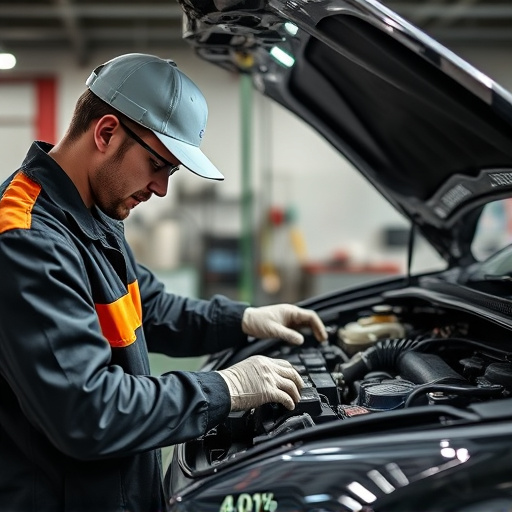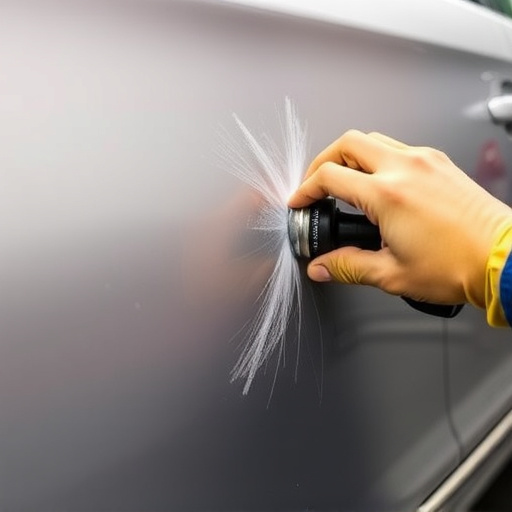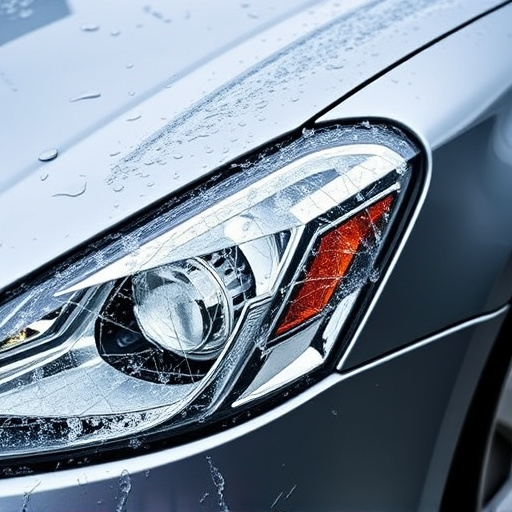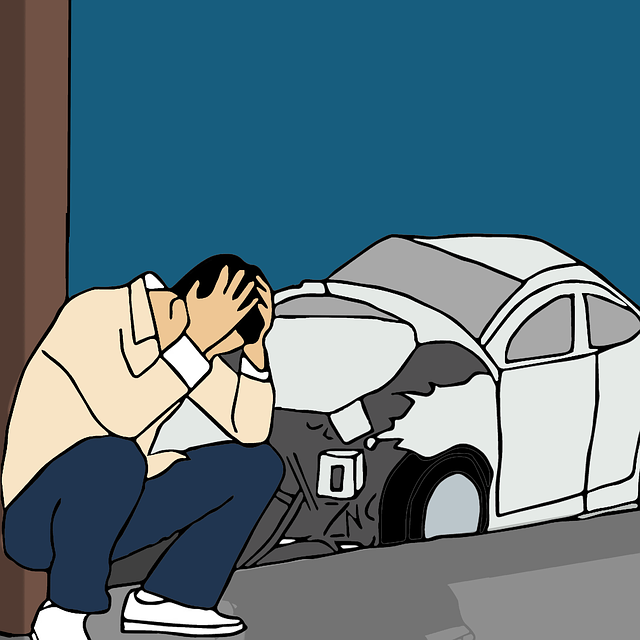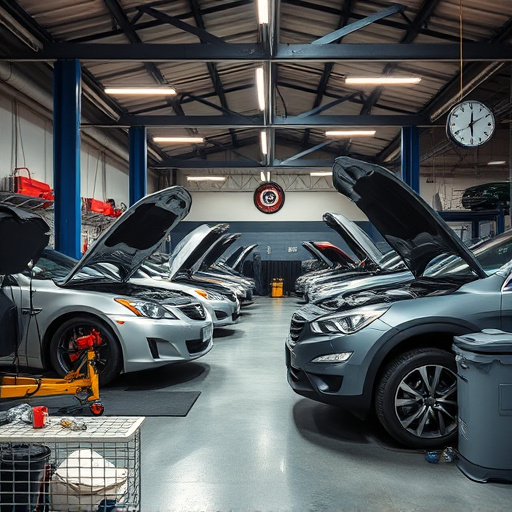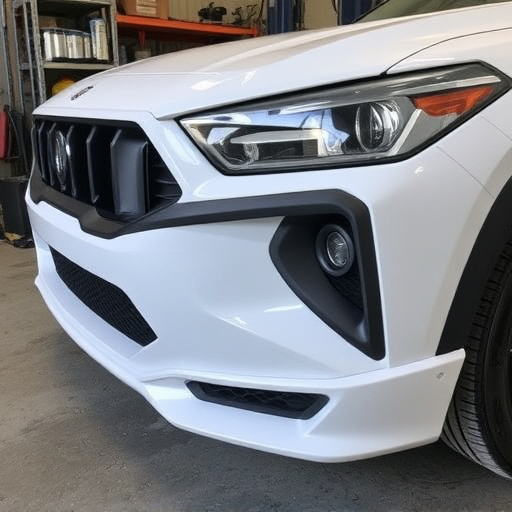Weather conditions significantly impact auto body shop operations, affecting adhesive setting, bodywork durability, and causing issues like moisture infiltration, rust, and water damage. Seasonal variations, such as cold climates increasing accident rates and warmer regions enhancing wear and tear, require shops to adapt staffing, schedules, and techniques. To maintain quality standards and efficiency, auto body shops in variable climates invest in durable materials, efficient inventory management, and staff training for quick turnaround times, ensuring consistent and reliable auto body shop services year-round.
The weather plays a significant role in shaping the outcomes of auto body shop services. From damage assessment to repair techniques, environmental factors can greatly impact the quality and efficiency of work. This article explores the direct effects of various weather conditions on auto body repairs, delves into seasonal variations across different climates, and offers strategies for shops to adapt and maintain consistent service quality regardless of the forecast. Discover how understanding weather’s influence can enhance your auto body shop services.
- The Direct Impact of Weather Conditions on Auto Body Repairs
- Seasonal Variations: How Different Climates Affect Shop Operations
- Strategies for Auto Body Shops to Adapt and Ensure Quality Service in All Weathers
The Direct Impact of Weather Conditions on Auto Body Repairs

Weather conditions play a significant role in shaping the outcomes of auto body shop services. Extreme temperatures, whether scorching heat or freezing cold, can impact the quality and durability of repairs. For instance, during hot summers, certain adhesives may not set properly, compromising the structural integrity of car bodywork. Conversely, icy winters can make surfaces more brittle, increasing the risk of damage when repairing chips and scratches.
In regions with frequent storms and high humidity, auto body shops face unique challenges. Moisture can infiltrate painted surfaces, leading to rust and delamination. Additionally, strong winds and heavy rainfall can cause delays in repairs, as outdoor work may need to be temporarily halted. Car scratch repair, a common service, becomes more intricate when dealing with water damage or surface imperfections caused by adverse weather. Thus, automotive body shops must adapt their techniques and materials to counteract these weather-related effects, ensuring top-notch results for their clients.
Seasonal Variations: How Different Climates Affect Shop Operations

Seasonal variations play a significant role in shaping the operations at auto body shops, with each climate presenting unique challenges and opportunities. In colder regions, for instance, snow and ice can lead to an increase in accidents due to slippery road conditions, resulting in higher demand for services like fender repair and vehicle paint repair. This seasonal peak often requires auto body shops to adjust their staffing levels and work schedules to meet the surge in customers seeking prompt repairs.
On the other hand, warmer climates might experience different challenges. High temperatures can contribute to increased vehicular wear and tear, particularly on parts like tires and engines. This, in turn, may lead to more complex jobs that involve frame straightening and extensive paint jobs. Auto body shops in such areas need to be well-equipped to handle these varied needs, ensuring efficient service delivery throughout the year.
Strategies for Auto Body Shops to Adapt and Ensure Quality Service in All Weathers
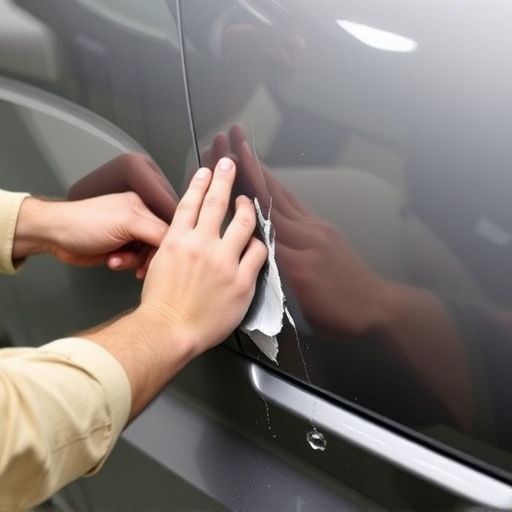
Auto body shops must embrace dynamic strategies to adapt their services and maintain quality standards regardless of weather conditions. In regions with distinct seasons, unpredictable climate patterns have become increasingly frequent, posing challenges for automotive repair facilities. For instance, heavy rainfall or snowstorms can disrupt operations, affecting both indoor and outdoor work areas. To mitigate these issues, shops should invest in high-quality, durable materials that resist weathering, ensuring longer-lasting repairs.
Implementing efficient inventory management practices is another strategic move. Keeping a well-stocked supply of car paint services and replacement parts enables auto collision centers to address various weather-related damages promptly. Additionally, training staff on quick turnaround times for car repair services during adverse weather can enhance customer satisfaction. By embracing these adaptations, auto body shops can ensure they provide consistent and reliable auto body shop services year-round.
Weather plays a significant role in shaping the outcomes of auto body shop services. From prolonged exposure to extreme temperatures to unpredictable seasonal changes, weather conditions can impact both the efficiency and quality of repairs. However, by adopting adaptable strategies, auto body shops can ensure consistent service delivery regardless of the climate. Understanding these weather-related influences is key to optimizing operations and maintaining customer satisfaction throughout the year.


